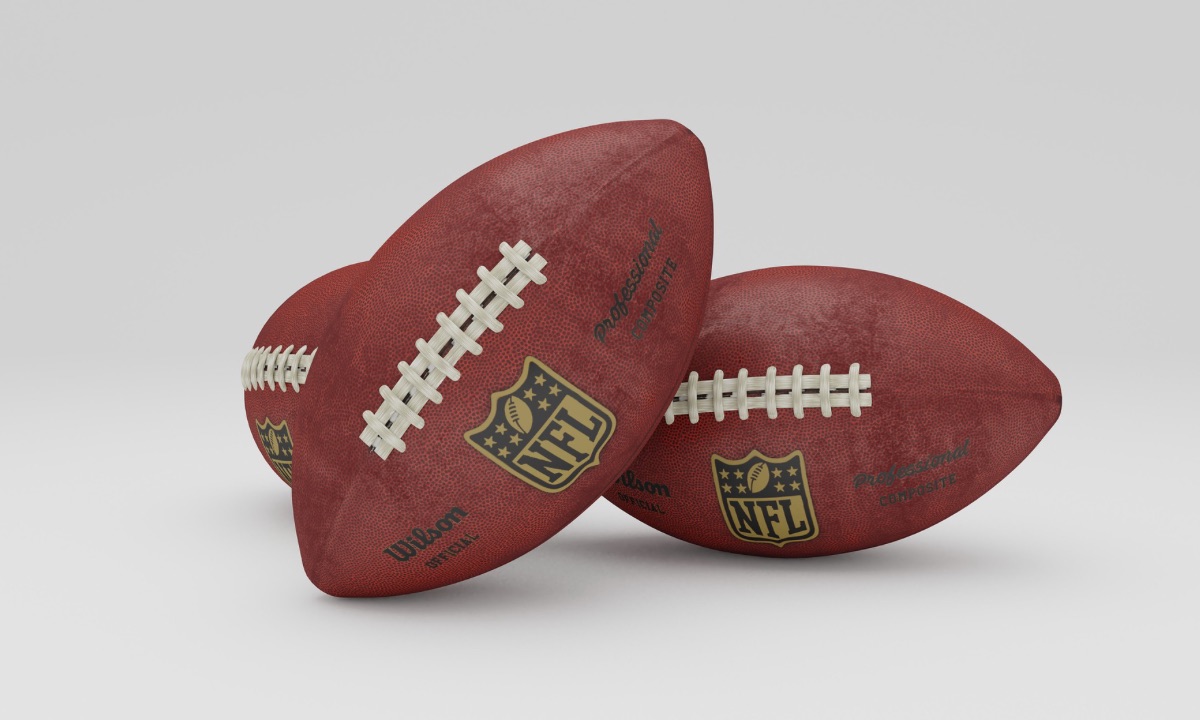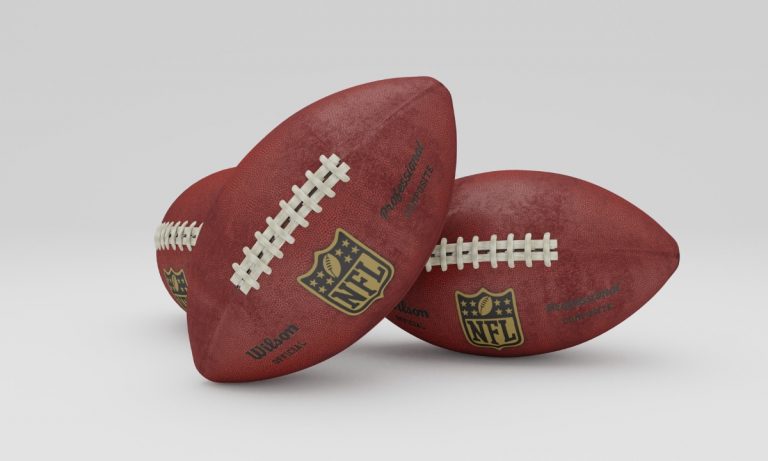Russell Wilson is so unique. In the Seattle Seahawks 27-24 victory over the undefeated San Francisco 49ers Monday night, he continued reminding folks just how good he is.
An MVP candidate, he has changed his playing style a bit from when he led his Seahawks to two straight Super Bowls in 2014 and 2015. Monday, he recorded a season-high 53 rushing yards, but his overall rushing numbers suggest that he’s not using his legs as much as he has in the past.
He’s on pace to rush for 410 yards this season — a mark that would be the third-lowest in his career.
But the statistics don’t tell the whole story.
Wilson has evolved himself as teams have adapted to his mobility, and it looks like he’s found that running the ball himself is a last resort. He has become a pass-first quarterback who uses his legs to gain yards when he has to, similar to Aaron Rodgers, something young quarterbacks have to learn from.
I would argue that he’s more athletic than Rodgers, though. Regardless, he has learned to use that athleticism to torture defenses by extending plays and running side-to-side and backwards in the pocket.
That’s what makes Wilson great. Unlike some quarterbacks, he’s not afraid to run backwards 10 or 15 yards to extend a play, which exhausts opposing defensive linemen, because they don’t see quarterbacks like him every week. After a play or two of chasing Wilson, they are out of breath, but have to repeat the routine again on the next play.
When the linemen expend their energy chasing him around, the Seahawks gain an advantage up front and their running backs are able to do damage, even if it means simply rushing for a few extra yards per play.
In theory, the more he tries to gain yards with his feet, the faster he will wear the opposing defense out, but on the other hand, the more he runs, the more predictable he is and the more willing the defense will be to commit a linebacker to stopping him, the less effective he is when he does escape the pocket.
By running selectively, he puts the defense in a pickle. He gives them a choice: allow him to run when he wants or sacrifice a cornerback or safety. If defensive coordinators commit to keeping him in the pocket, there will be receivers open, but if they allow him to be a runner, he revert to rushing for over 50 yards per game, as he did in 2014.
So he has found a strong strategy, and I think what’s most impressive about it is how he’s going about it. It doesn’t look like he’s intentionally running less; it just looks like he’s more comfortable in the pocket and letting the game come to him more.

